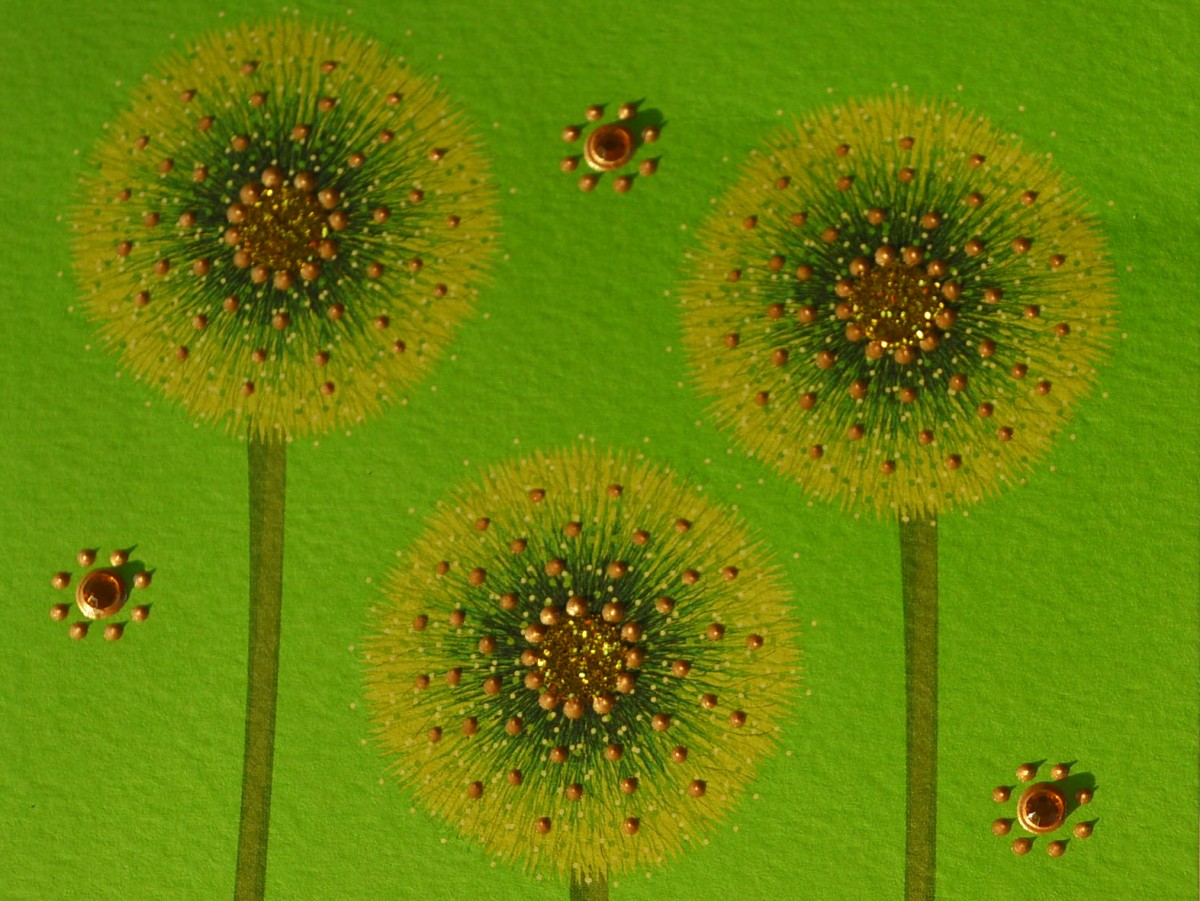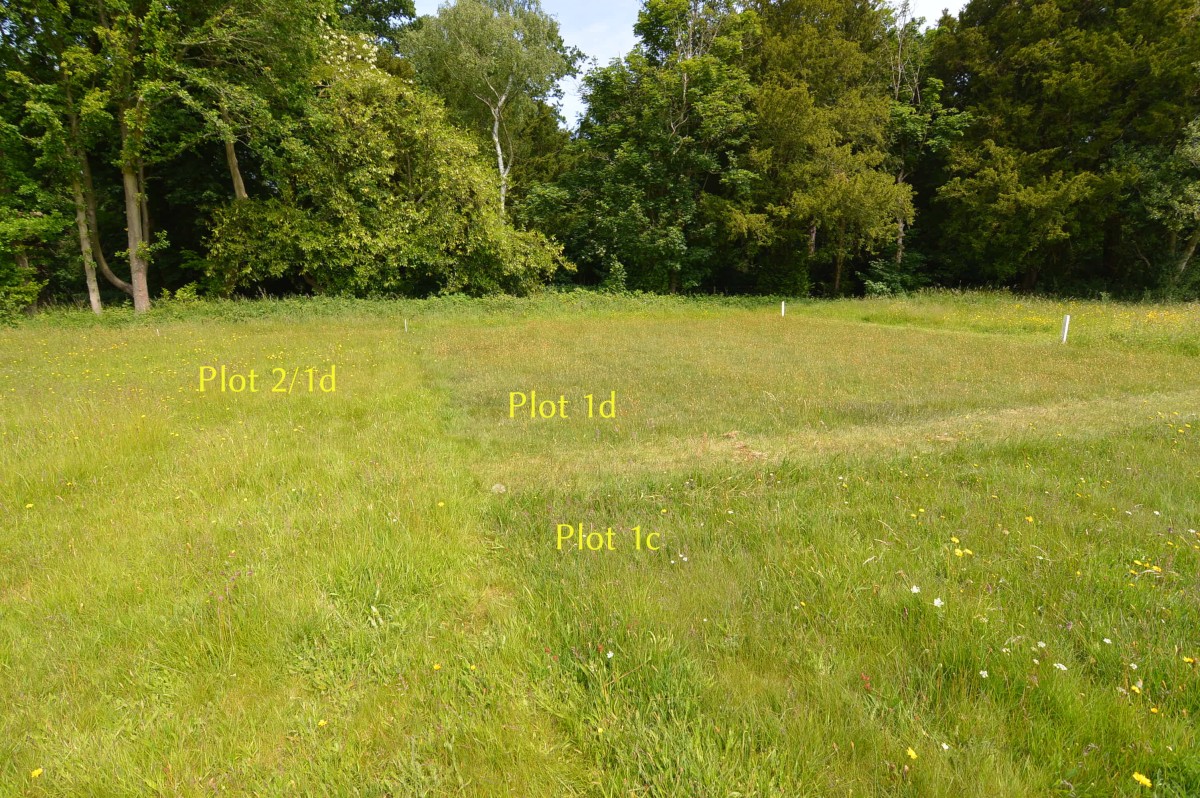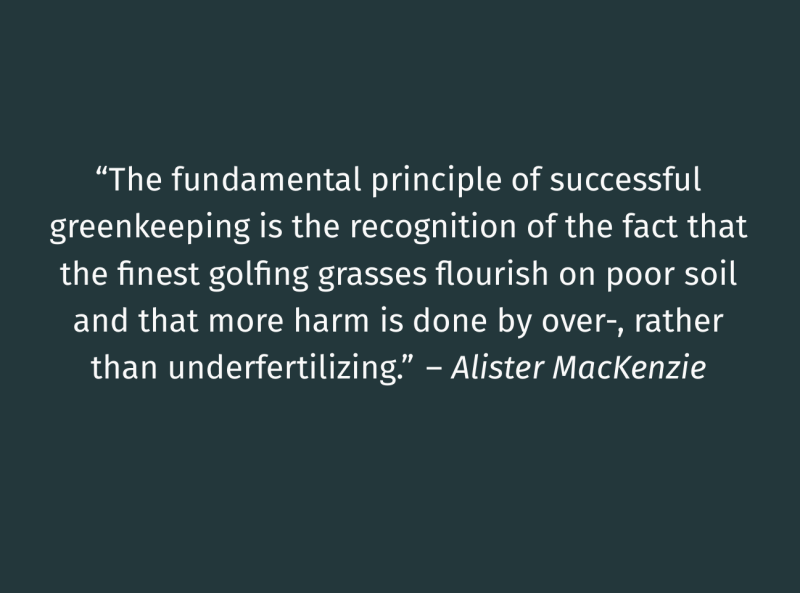A friend gave me a beautiful card yesterday and wrote “perhaps you can use this Taraxacum officinale [dandelion] in some capacity.”

I certainly can.
Contining with the topic of my last post—cases in which low nutrient levels are desirable—the mention of dandelions reminds me of another case in which I’d adjust fertilizer recommendations. Or would allow nutrient levels to drop below the MLSN guideline.
Tilman et al. wrote a fascinating article called Biological weed control via nutrient competition: potassium limitation of dandelions.
They looked at data from the famous Park Grass experiment, finding that plots receiving potassium (K) fertilizer led to “a 20-fold increase in Taraxacum abundance in the classical data [data acquired prior to 1976] and a 4-fold increase in the modern data [data acquired from 1991 to 1993]. Lime led to a 3-fold increase in Taraxacum in the classical data and to a 4-fold increase in the modern data.”
Tilman et al. did a greenhouse experiment to measure dandelion and grass growth in response to K supply. They also measured dandelions in a series of lawns in Minnesota. Results from both studies suggested that dandelion has a higher K requirement than do some common lawn grasses.
I’d usually recommend enough K fertilizer to keep soil from dropping below 37 ppm on a Mehlich 3 soil test. However, if the grass is performing well, and if one is trying to prevent dandelions, I’d avoid K (and lime) applications to minimize dandelion competitiveness, so long as the grass continues to perform well.
Here’s some more from the Discussion section of Tilman et al.:
Such adjustments might be best achieved by not adding the resource for which the weedy species is an inferior competitor but by adding one or more other limiting resources. Interestingly, fertilization with just [ammonium sulfate] at Park Grass (Plot 1, unlimed) led to an amazingly lawn-like vegetation that was 62% Agrostis tenuis (bent grass), 29% Festuca rubra (red fescue), 5% other perennial grasses, and that had no Taraxacum and only 5% of biomass from other forbs.
 Plot 1d is the “Plot 1, unlimed … amazingly lawn-like vegetation;” this photo was taken in June 2015.
Plot 1d is the “Plot 1, unlimed … amazingly lawn-like vegetation;” this photo was taken in June 2015.
This reminds me of MacKenzie’s fundamental principle of greenkeeping.
